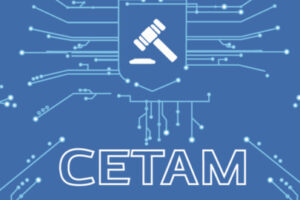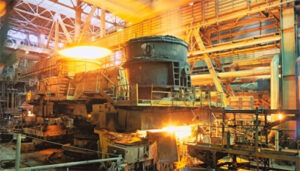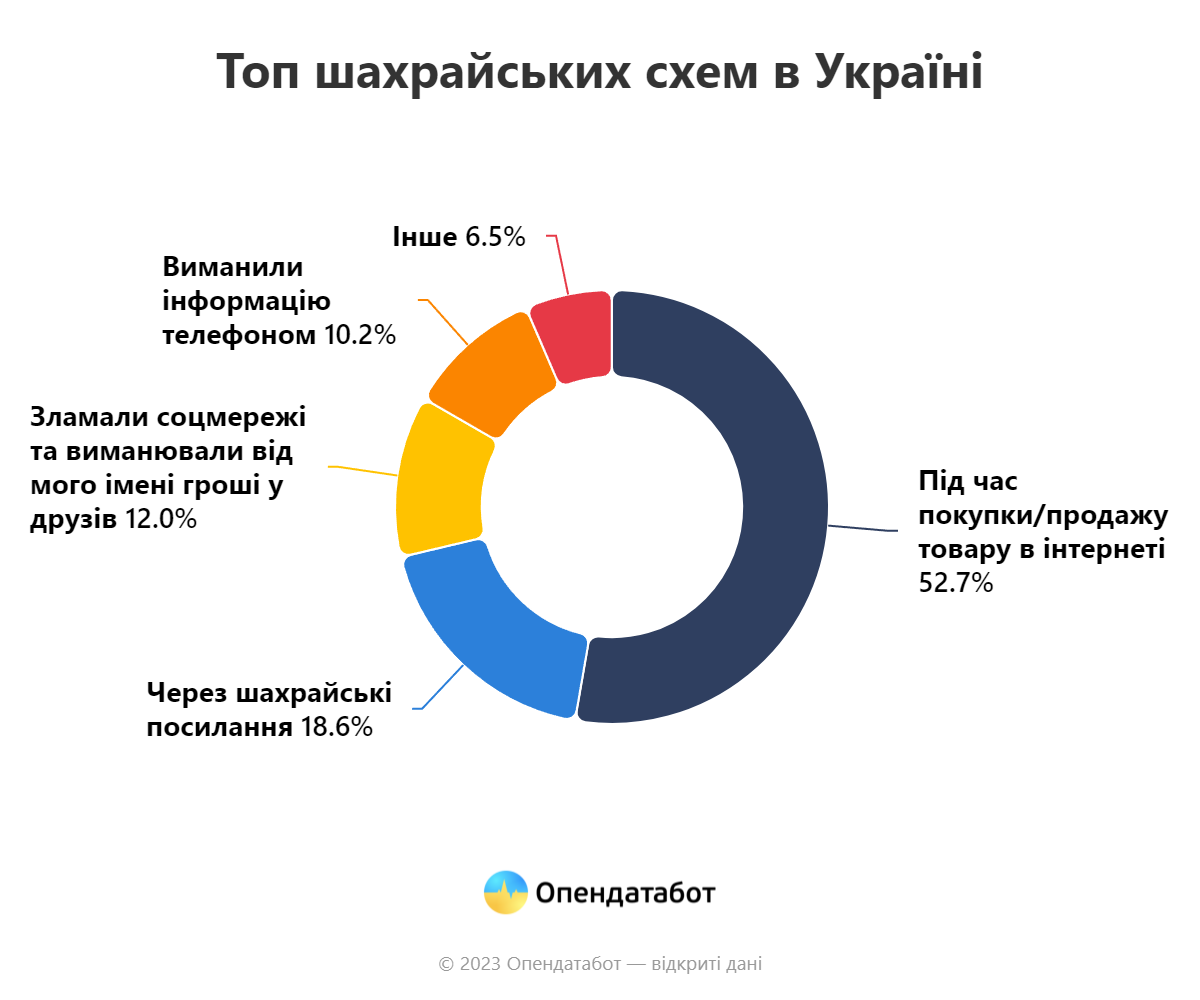
The State Enterprise “SETAM” (Ministry of Justice) has sold property worth over UAH 21 billion at the OpenMarket electronic auction. Since 2014, more than 81,000 successful auctions have been held.
Due to competition at the auctions, sellers received an additional UAH 2 billion. The average price increase for sold lots is 11.4%.
The auction user base is one of the largest in Ukraine. Today it includes more than 98 thousand participants, and new ones are added every day. Most lots (66.9% of the total) were sold at online auctions by the State Enforcement Service and private executors.
Among the categories of property sold, real estate and vehicles were the most popular.
“The new billion in sales proves that our auction is intuitive and convenient for buyers. And we continue to improve it, engage new partners and actively work with the existing ones: the State Enforcement Service, private executors, banks and others. Currently, the site has more than 1,000 active auctions and new ones appear every day,” said Oleksandr Mamro, CEO of SE SETAM.
The OpenMarket auction (SE SETAM of the Ministry of Justice of Ukraine) is a simple and effective means of selling and purchasing property via the Internet. The online auction has been operating throughout Ukraine since 2014. The total amount of sales since its launch is UAH 21 billion.

Global digital communications operator VEON (office in the Netherlands) announced the completion of its exit from Russia and the sale of its Russian asset to Vimpelcom. The terms of the deal do not provide for the possibility of repurchase, i.e. the completion of operations in the Russian market is complete and final for VEON
As Kyivstar President Alexander Komarov comments, “after a long series of legal procedures, our 100% shareholder VEON puts an end to its relationship with the Russian telecom market. This will mean strengthening the company’s development strategy in six other markets, including Ukraine”. In particular, in the next three years, VEON plans to invest 600 million dollars in Ukraine, which will be used to restore the telecom network and develop digital services and new mobile technologies.
Oleksandr Komarov emphasized that Kyivstar has been operating as usual, and since the beginning of Russia’s full-scale invasion has already invested UAH 8.2 billion in the development of the country’s telecom market, paid UAH 15.2 billion in taxes to the state, and provided support to state bodies, military, security and law enforcement agencies in the amount of more than UAH 1.4 billion, including bonuses and services without additional payment in the amount of UAH 577 million.
In addition, Kyivstar is now preparing the network to operate in conditions of possible power outages, for which it has invested UAH 988 mln. By the end of 2023, 110 thousand new batteries will be installed at Kyivstar’s base stations.
Background on Kyivstar
Kyivstar is Ukraine’s largest electronic communications operator, serving 24.1 million mobile subscribers and over 1.1 million Home Internet subscribers as of June 2023. The company provides services using a wide range of mobile and fixed technologies, including 4G, Big Data, Cloud solutions, services for cyber defense, digital TV, and others. Kyivstar helps subscribers, society and the country to overcome the difficulties of wartime. Since the beginning of the full-scale war, the company has allocated more than UAH 1.4 billion of assistance to the state, military, society and subscribers. The only shareholder of Kyivstar is the international VEON Group. The Group’s shares are freely traded on the NASDAQ (New York) and Euronext (Amsterdam) stock exchanges. Kyivstar has been operating in Ukraine for over 25 years and is recognized as the largest taxpayer in the telecom market, the best employer and a socially responsible company.

In January-September this year, Ukraine increased exports of ferroalloys in physical terms by 14.6% year-on-year to 325.066 thousand tons.
According to statistics released by the State Customs Service (SCS), exports of ferroalloys decreased by 42.5% to $281.397 million in monetary terms.
The main exports were to Poland (54.70% of supplies in monetary terms), Turkey (12.73%) and the Netherlands (8.55%).
In addition, in the period under review, Ukraine imported 5.916 thousand tons of these products, which is 65.2% less than in January-September 2022. In monetary terms, imports decreased by 62.2% to $24.141 million.
Imports were carried out mainly from India (22.05%), Armenia (17.96%) and China (15.46%).
As reported, in 2022, Ukraine reduced exports of ferroalloys in physical terms by 47.7% compared to the previous year – to 349,560 thousand tons, in monetary terms by 46% – to $ 564,136 million. At the same time, the main deliveries were made to Poland (53.25% of exports in monetary terms), the Netherlands (13.13%) and Romania (5.66%).
In addition, last year Ukraine imported 20.546 thousand tons of these products, which is 65.5% less than in 2021. In monetary terms, imports decreased by 59.1% to $72.705 million. Imports were carried out mainly from Norway (22.67%), China (15.60%) and Kazakhstan (14.10%).
The business of the Stakhanov and Zaporizhzhia Ferroalloy Plants (SZF and ZZF) was organized by PrivatBank (Kyiv) before the nationalization of the financial institution. Nikopol Ferroalloy Plant is controlled by EastOne Group, established in the fall of 2007 as a result of the restructuring of Interpipe Group, and Privat Group.

Results of a large-scale survey by the National Bank and Opendatabot
Since the beginning of the full-scale invasion in Ukraine, the activity of cyber fraudsters has increased. Taking advantage of the situation and the difficult situation of citizens, criminals have adapted fraudulent schemes to the present and deceived people by pretending to be banks or promising financial assistance on behalf of the state, international and charitable organizations. Opendatabot, in partnership with the National Bank of Ukraine, has launched a large-scale educational project to find out how fraudsters work in wartime and teach Ukrainians how to counteract cyber fraud.
Opendatabot, together with the NBU, has developed an educational project for users of its services. More than 112.9 thousand users have completed the survey and training in the system.
The survey revealed that 11% of Ukrainians have been victims of fraud since the beginning of the full-scale invasion.

It turned out that most often criminals deceive young people (18-24) and people aged 65+.
According to the survey, Ukrainians were most often cheated when buying/selling goods online – every second respondent (52.74%) has experienced this. The second most popular fraudulent scheme is phishing links (18.57%). In 12.04% of cases, fraudsters hacked social networks, and in another 10.18%, they extorted information by phone, etc.
“During the war, fraudsters use the vulnerability of citizens, their anxiety, and difficulties. This can only be countered through awareness and critical thinking.

It is typical that most cases when citizens lose their money are caused by disclosure of their payment card details, one-time passwords to confirm transactions, and login information for online banking.
Half of the total amount of losses from payment card fraud was due to social engineering. They could have been avoided by remembering and following the rules of safe use of payment cards,” said Andriy Podderiogin, Director of the Payment Systems and Innovative Development Department.
According to him, the survey conducted by Opendatabot together with the National Bank will increase the effectiveness of the information campaign to combat payment fraud #ShahraiGudbay, which is being conducted by the National Bank together with the Cyber Police.
You can find out how protected you are from fraudsters by using the services of the Opendatabot.
Context.
In the first eight months of 2023, almost 60 thousand fraud proceedings under Article 190 of the Criminal Code of Ukraine were opened in Ukraine. This is more than even the total for the previous two years: 23.8 thousand proceedings were opened in 2021, and 32 thousand in 2022.
#ShahraiGudbay is an information campaign of the NBU and its partners aimed at educating Ukrainians on the rules of cashless and online payment security.

The epidemic season has begun in the capital, but the incidence rate is 2.5 times lower than the epidemic threshold, the Kyiv City State Administration (KCSA) reports.
“The epidemic season for influenza and ARVI began on October 2. During the 40th week of 2023, 9,519 patients with influenza and ARVI, including COVID-19, were registered in Kyiv,” the KCSA said on its website on Monday, citing the Kyiv City Center for Disease Control and Prevention of the Ministry of Health.
The incidence rate is reportedly 2.5 times lower than the epidemic threshold. Currently, the incidence rate is 322.4.
In particular, 5,786 children (62.8% of the total number of cases) and 3,733 adults (39.2%) have fallen ill. Schoolchildren account for 45.3% of the childhood morbidity rate. Last week, 109 people were hospitalized in the capital’s medical institutions, including 25 children and 84 adults. During this time, 820 people were vaccinated against influenza.
“387 people fell ill with COVID-19: 21 children under 17 and 366 adults. Of these, 29 were hospitalized, including 7 children and 22 adults. Four adults are in the intensive care unit. Two adult patients died from complications of COVID-19,” the Kyiv City State Administration informs.